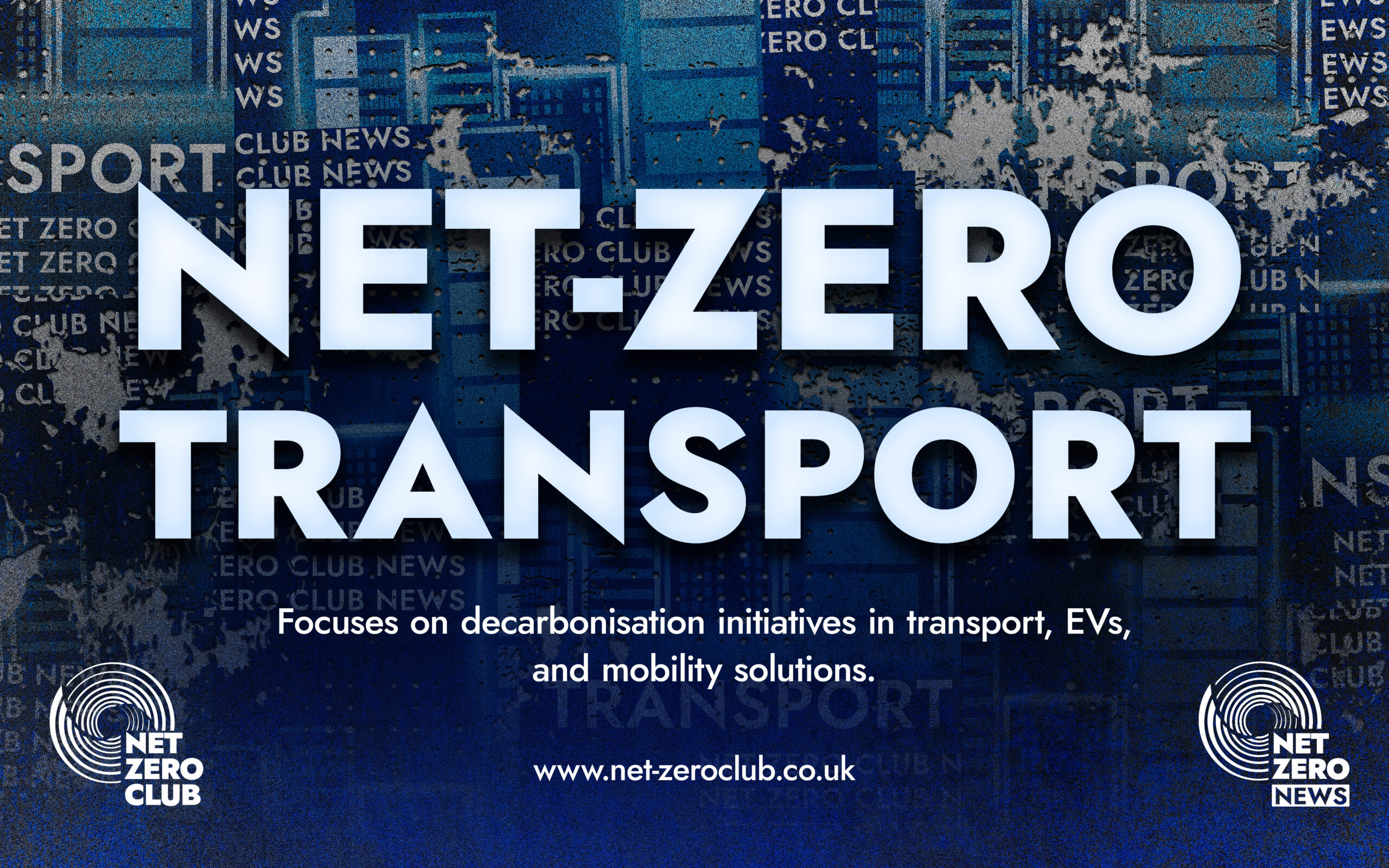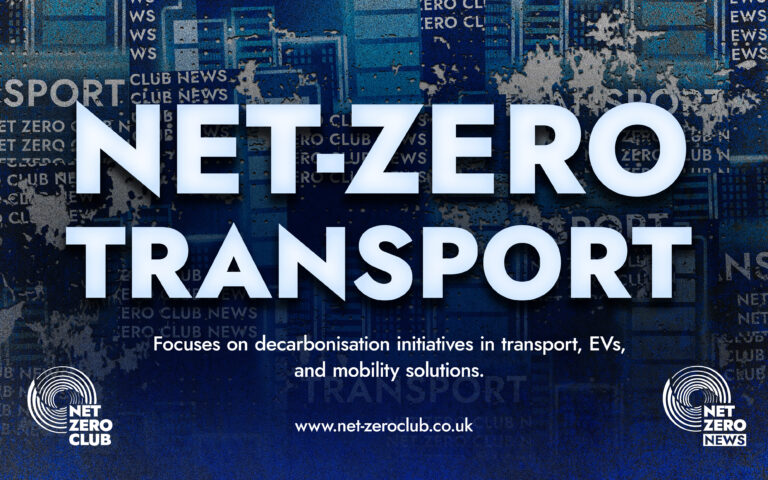Why Many Brits Avoid Walking 10 Minutes to Public Chargers

Hello, Champions of Net Zero!
In an era defined by the urgent need for sustainable transport solutions, a recent study has revealed a sobering reality regarding public confidence in electric vehicle (EV) charging infrastructure across the UK. Despite the growing popularity of electric vehicles, less than a third (31%) of the UK public is willing to walk more than 10 minutes to access a public EV charger, highlighting significant concerns about accessibility and convenience for potential EV users.
The study, known as the second edition of the EV Transition Tracker, has been released by Motability Operations, the organisation behind the well-known Motability Scheme. This research illustrates how gaps in local infrastructure could be a formidable barrier to the widespread adoption of EVs. With the average walking time for UK households to reach a public charger recorded at 11 minutes and 56 seconds, the findings suggest that many potential EV drivers may be discouraged from making the switch due to concerns about charging accessibility.
Alarmingly, the report indicates that one in five people (20%) would not be willing to walk more than five minutes to a charging point. This lack of willingness underscores the necessity for improved charging infrastructure that is both accessible and conveniently located. Interestingly, the study revealed that London residents enjoy a significantly shorter average walking time of just over three minutes and seven seconds to reach a public charger, indicating a stark disparity in charging accessibility between urban and rural areas.
Motability has raised concerns that the insufficient availability of nearby charging stations outside of London is eroding confidence in the public charging network. This issue is particularly pressing for individuals with disabilities, who may encounter additional challenges when accessing charging facilities. The survey found that nearly four in ten (37%) disabled customers and over one in ten (12%) adults across the UK would not consider using the public charging network at all, further emphasising the urgent need for improvements in infrastructure.
When it comes to the perception of charger availability, the findings are equally concerning. Only 12% of disabled drivers on the Motability Scheme and 28% of the general UK public believe there are enough public chargers in their vicinity for users to locate one easily when required. Even among existing EV drivers, who typically express a more positive outlook on the charging network, only half (51%) believe that sufficient public chargers are available nationwide. This figure drops drastically to just 24% among Motability Scheme drivers, revealing a significant disconnect between the rollout of infrastructure and the real-world needs of drivers with additional mobility requirements.
Vanessa, a Motability Scheme EV driver, shared her experience, stating: “While I see benefits to driving an EV, I struggle with the public network. Not only is it difficult to find chargers, but as a disabled person, I also have to consider whether the bays will be big enough, the cables too heavy, or the facilities too far away. I avoid using it.” This sentiment resonates with many who face similar challenges, underscoring the necessity for a more inclusive approach to charging infrastructure.
Andrew Miller, CEO of Motability Operations, expressed his concerns regarding the current state of EV charging in the UK: “Too many drivers don’t trust that they’ll be able to charge easily, locally or reliably. If we’re serious about meeting the 2030 ban on petrol and diesel sales, charge points need to be where people live, easy to use, and designed with everyone in mind. Until this happens, we risk leaving thousands of drivers behind.” His call to action highlights the critical nature of making charging points accessible and reliable, particularly as we approach the pivotal target date for phasing out fossil fuel vehicles.
Craig Stephenson, managing director at Field Dynamics, echoed these sentiments, stating, “Field Dynamics’ analysis shows that London still dominates infrastructure provision. To enable a swift and fair transition, investment must also prioritise other regions, including rural areas, so we can build a nationwide network that supports every driver, wherever they live or travel.” His observations point to the urgent need for a more equitable distribution of charging facilities, ensuring that all regions receive the investment and support necessary for a successful transition to electric mobility.
In an effort to address these pressing concerns, Vicky Read, CEO of ChargeUK, emphasised the commitment of charge point operators to work collaboratively with local authorities, private landlords, and equipment manufacturers to ensure the charging needs of disabled drivers are met. “ChargeUK was pleased to be part of the working group reviewing the PAS 1899 standards. We look forward to the results of that process being announced very soon,” she stated. This dedication to collaboration reflects a growing awareness of the importance of inclusivity in the electrification of transport.
As part of their initiative to enhance confidence in the availability of accessible public chargers, Motability Operations is actively working to provide Motability Scheme customers with access to an innovative EV Journey Planner. This digital tool aims to assist drivers in understanding the range of their EVs and planning routes that incorporate available charging points. By offering this resource, Motability hopes to empower all drivers to confidently plot EV journeys that suit their needs, thus alleviating some of the apprehensions surrounding charging infrastructure.
In conclusion, the findings from the EV Transition Tracker serve as a critical reminder of the challenges that lie ahead in the quest for a sustainable and inclusive electric vehicle landscape in the UK. The call for improved accessibility to charging infrastructure is clear, and it is essential for stakeholders across the industry to collaborate and invest in solutions that cater to the diverse needs of all drivers. As we strive towards a greener future, it is imperative that no one is left behind in the transition to electric mobility. Together, we can achieve a more equitable and accessible charging network, ensuring that the journey towards net zero emissions is one that includes everyone.

 Got net-zero news, project updates, or product launches to share?
Got net-zero news, project updates, or product launches to share? 